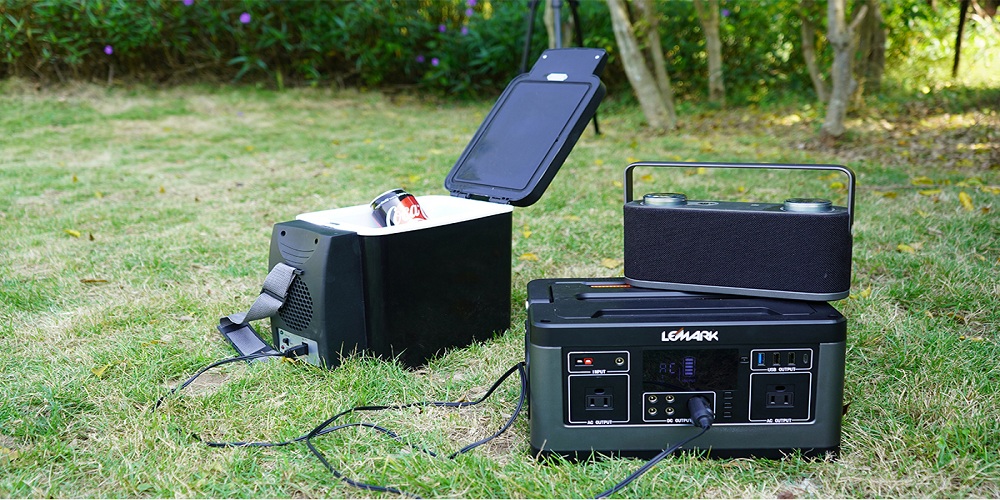Power stations are the system where electric power is generated to run various devices or even the whole systems or machinery. All power stations work almost on the same principle: fuel is used to create energy.
Though the system of power stations is complex, due to innovation, now you can get that system is just a small box known as a portable power station. These power stations are small, just the size of a backpack to carry to charge your small but essential routine devices.
However, like any other power station and generator, portable power stations are also available in different types based on their fuel method. Below are the four main types of these stations you’ll get in the market!
1. Lithium Battery Power Stations
These are the most common types of portable home depot power station. They use lithium-ion battery packs in many sizes, from small to large.
Lithium batteries are used in these stations because they’re lightweight, compact, and easy to carry around, making them portable. These batteries can be used for various tasks, including charging cell phones or laptops while on the go. Some models even include USB ports, so you can charge your phone even if there isn’t an outlet nearby.
Unlike solar panels (which provide no energy when it’s cloudy), lithium batteries produce electricity only when needed. So, they’re ideal for areas where there may not be much sunlight available all year round (like winter). They also last longer than solar panels and require less maintenance as well.
2. Solar Power Stations
These are portable and can be used in remote locations where there is no access to electricity, and the sun is at its peak. Solar panels are the primary element of these stations to capture the sunlight and convert them into electric energy. At the same time, the inverter converts the solar panels’ direct current (DC) into an alternative (AC), as all our devices work on AC.
This type is more expensive than others because they require a large amount of space and an extensive installation process before they’re ready for use. The cost also depends on how much energy each panel generates during its lifetime. However, if you plan carefully with your budgeting strategy and choose quality equipment at an affordable price point, in that case, you should be able to keep costs down while still getting all the benefits associated with the panels.
3. Electric Power Stations
Though all the power stations ultimately make the electricity to run and charge devices, electric power stations are the ones charged through an electric source. These stations are just like other helpful batteries when no outlet is available.
However, electric power stations are way more expensive than solar ones because electricity is the sole source to charge them. These power stations can be DC or AC and are usually found in residential applications and small businesses.
4. Gas-Powered Power Stations
As the name indicates, these stations use gas as their fuel. These stations are usually small and confined, with no associated devices or elements. Gas-powered stations have low working costs than electric ones, as gas is cheaper than electricity, but they are still more expensive than solar stations.
Conclusion
Hopefully, you enjoyed learning more about what portable power stations are available. You will find that some systems will suit your needs better than others, but no matter which type you choose, there should be something out there that meets all your requirements if you visit Ryangi. There’s no need to be stuck with a single type of power station when you can have multiple options for your needs.










